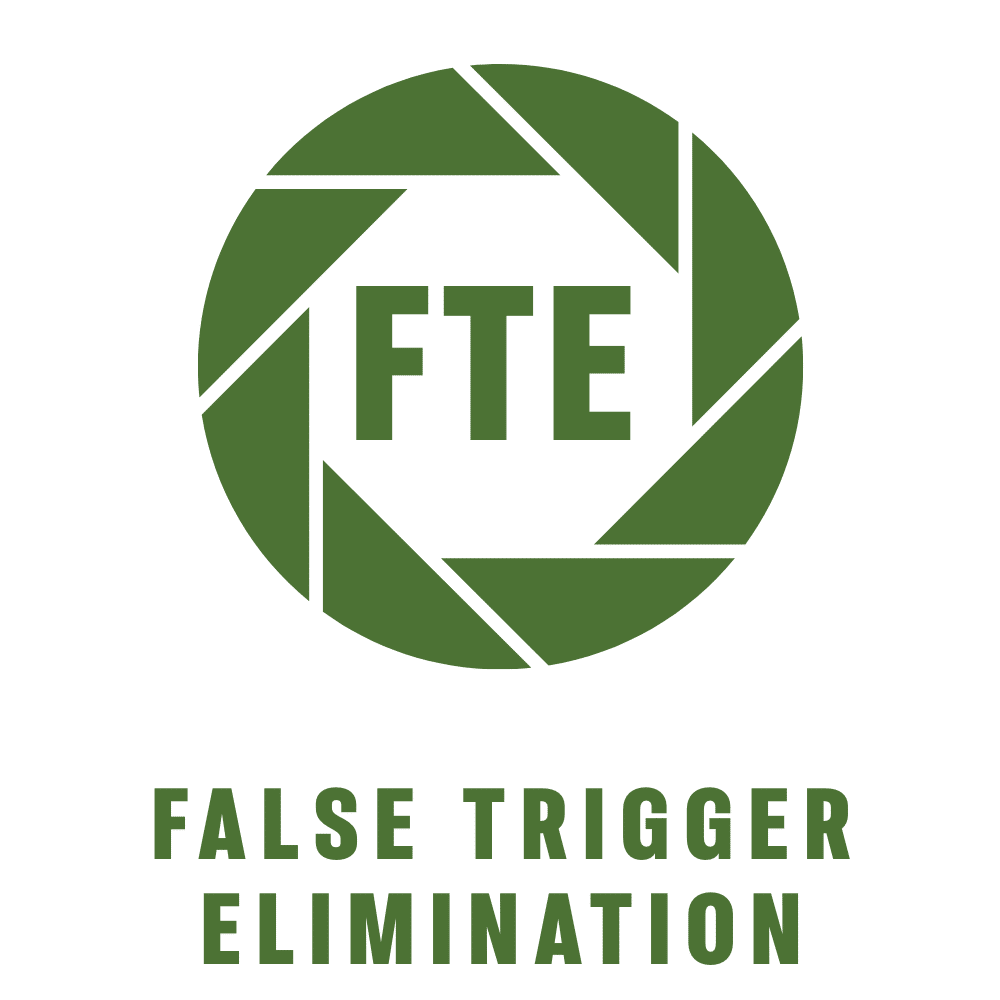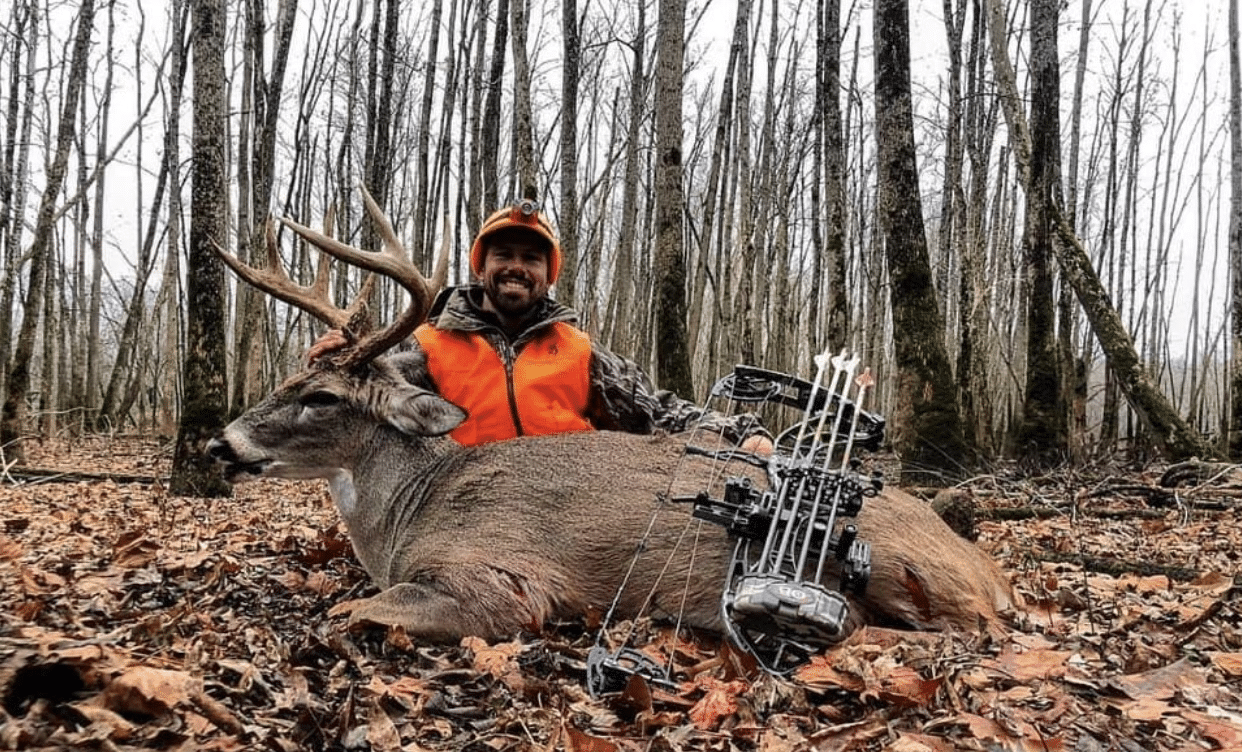1 on 1 With The Pros: Meet Jordan Barnes
Q: Do you hunt with archery equipment or firearms or both?
A: I started out gun hunting both turkey and deer and then switched to bow hunting. This has provided me with an experience that exemplifies growth from struggle and a journey that is hard to ascertain. Simply put it is just special to me. I’m not ruling out getting back into gun hunting again at some point in the future though. Those memories are special to me as well.
Q: What’s your hunting style?
A: My hunting style for both wild turkey and deer is aggressive but calculated and measured to the highest degree. Every situation is different. Especially when communicating with turkeys. I tend to be more systematic with bucks to exploit tendencies and choose to take more of a chameleon-approach with turkeys. There’s more “back and forth” with turkeys, but both are very similar. The right setup is key with both. Bucks bachelor up in the summer and gobblers bachelor up in the fall. Both sort out dominance and establish hierarchies. So, there is always something to apply from that aspect.
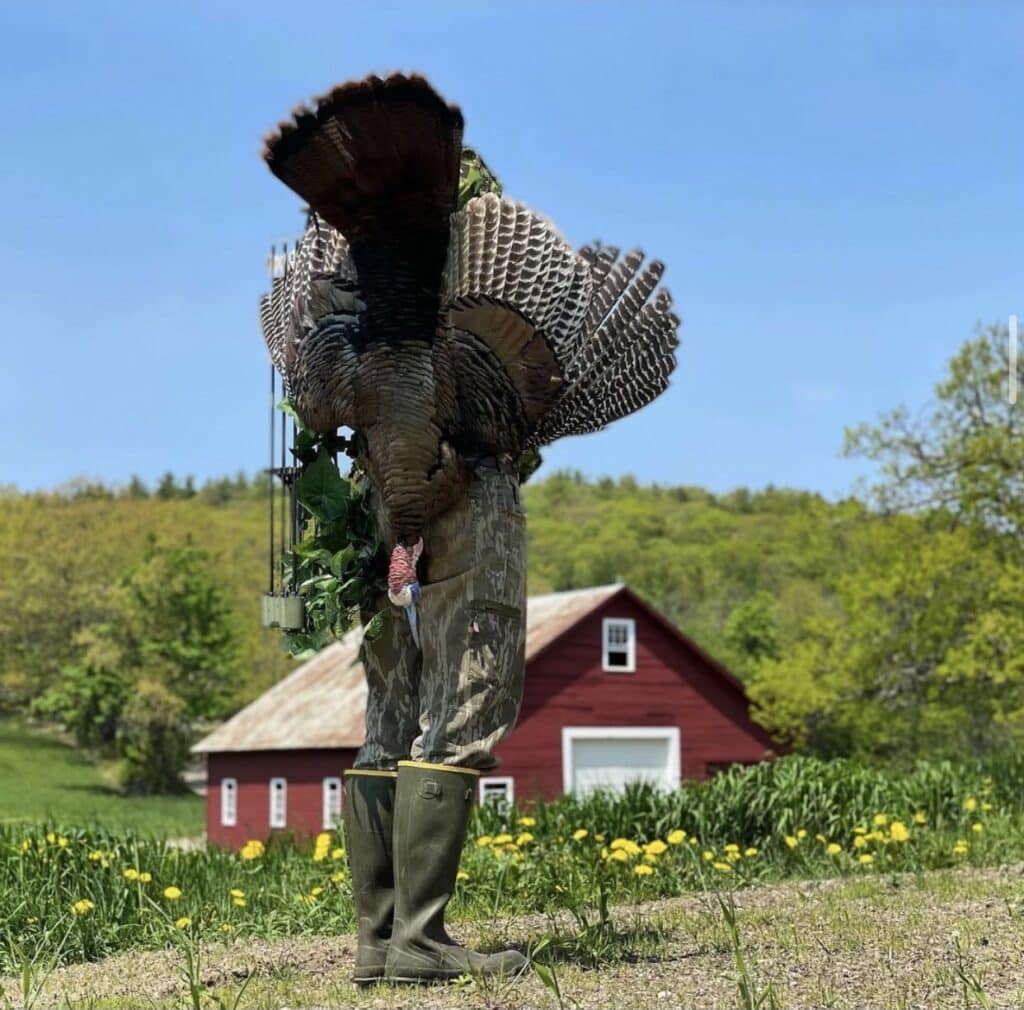
Q: On a level of 1 to 10 how important are game cameras to your hunting success?
A: I use them to monitor hunter activity each spring before turkey season gets here and to monitor gobbler flock numbers. I don’t use them during turkey season because a turkey normally will tell me where he is. For deer, I would say they are a 10/10. I use them more for deer scouting than any other time. I like to monitor heavily used doe-group areas all season. I will also hang cameras on the downwind sides of these doe-group bedding areas regardless of if buck sign is new, old or even void. I feel that only looking for buck sign is a mistake that I have made in the past. When a buck is cruising looking for does, he is doing just that. He’s not rubbing the biggest tree he can find.
Q: If you’re hunting a specific property, how do you typically use your trail cameras for scouting and hunting?
A: One of my main tactics is to create mock scrapes on the downwind sides of doe bedding areas as described above. This helps me take inventory of bucks in the area.
Q: What roll do cellular game cameras play in your scouting and do you use them differently than traditional trail cameras?
A: I use them kind of the same way because I am more concerned with historical data. If I learn that bucks are checking the downwind side of a doe bedding area on October 14th of this year, then the next year I will hunt the front and backsides of those dates very hard looking to exploit a buck’s past and current tendencies.
Q: Tell us about a buck that got away and you still think about him to this day?
A: I don’t try to dwell on them that much. It’s a game of inches and feet. Just last week I had two different bucks at 40-45 yards and decided not to pursue that shot because it is one of low percentage odds for me. A lot can happen at that distance. I believe archery for me is about how intense the hunt is and followed by a quick and ethical kill. I feel I owe it to the animal to give him my best and leave as little to chance as possible. After all, he is giving me his everything. It’s the least I can do to ensure he suffers as little as possible. When he wins, I can appreciate the chase. When I win, I can appreciate it that much more.
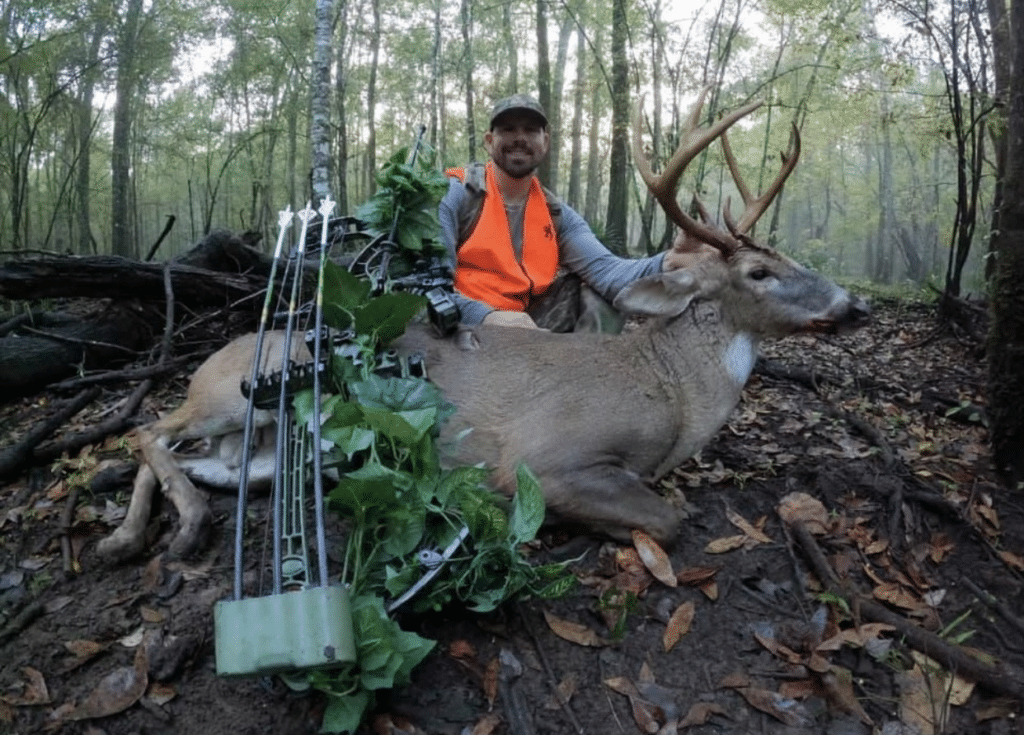
Q: Tell us about a time you skipped something important to go hunting instead? Was it worth it?
A: I’ll say this. Springtime is a bad time to schedule weddings!
Q: If you could only give one piece of advice to a new hunter, what would it be?
A: I would tell folks to mold their actions around their own experiences in the woods and do that by being a student of the game. Bucks and gobblers will teach someone a lot of things and will give them their own advice if that hunter will pay attention and listen to it. That advice is far more valuable than any other advice one can receive.
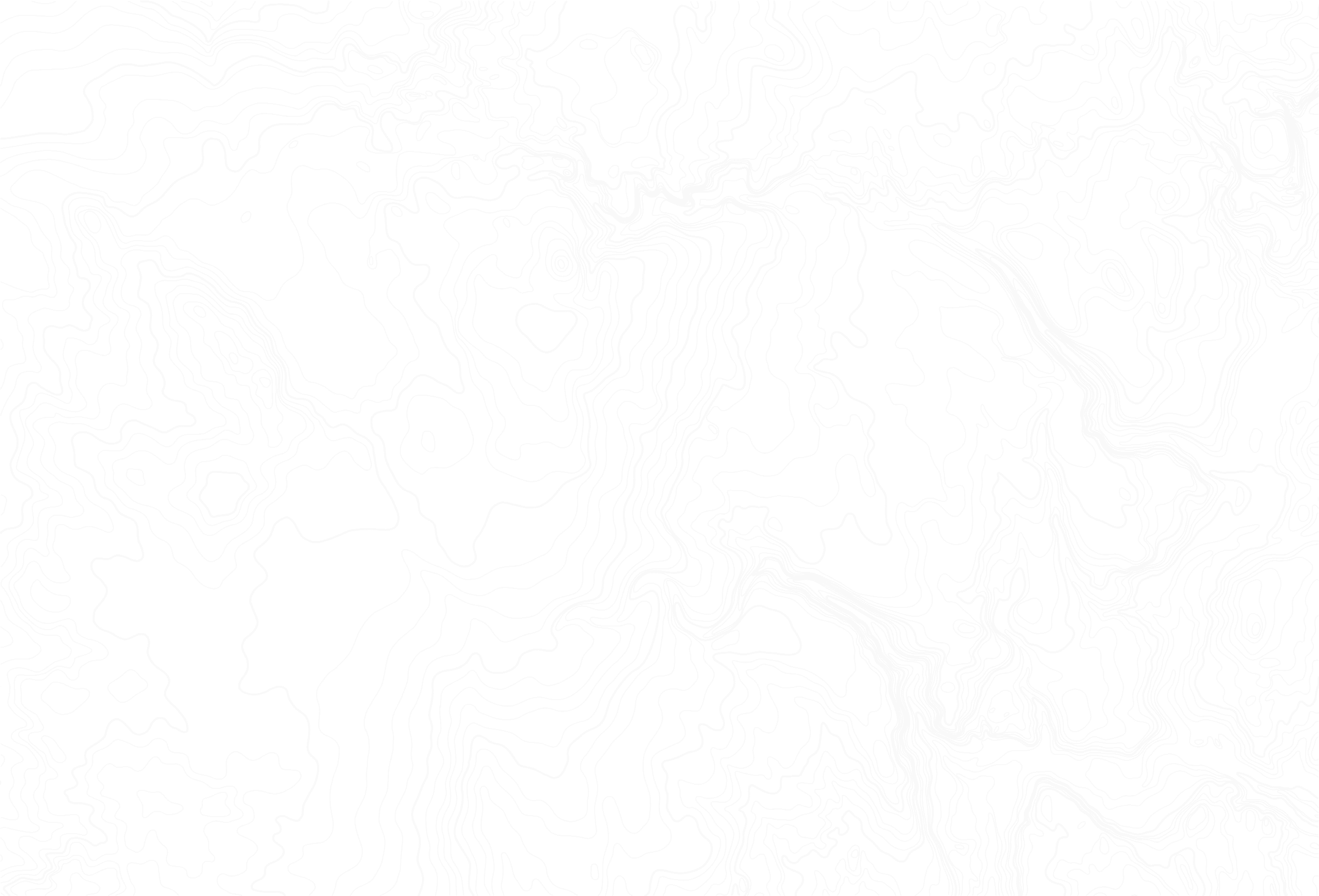

Featured
Juicy homemade jalapeno cheddar brats are perfect for grilling all summer long. They’re packed with all the right seasonings and fresh ingredients, making them extra tasty.

Featured
MeatEater and Moultrie Mobile join teams to bring hunters closer to nature.

Featured
These wild turkey skewers are tender and smothered in a homemade teriyaki glaze. Wild turkey sometimes gets a bad reputation for being a tough meat but when prepared properly using the steps in this recipe, the results are amazing.

